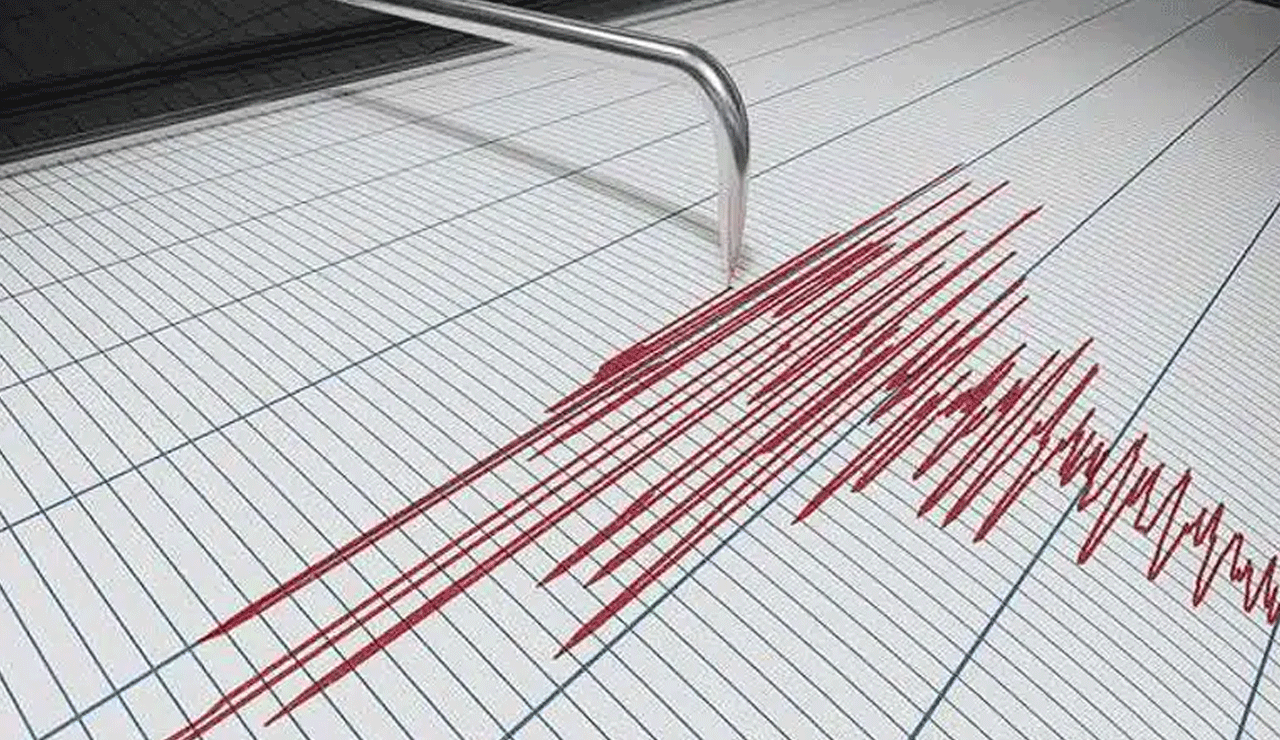May 12, 2008: Remembering China’s Deadliest Earthquake in Sichuan
On this day 17 years ago, one of the deadliest earthquakes in modern history struck China’s Sichuan province, claiming the lives of nearly 87,000 people and displacing over 15 million residents.

On this day 17 years ago, one of the deadliest earthquakes in modern history struck China’s Sichuan province, claiming the lives of nearly 87,000 people and displacing over 15 million residents. The earthquake, measuring 7.9 on the Richter scale, hit at 2:28 PM local time, with its epicentre located in Wenchuan County, about 80 kilometres northwest of Chengdu.
Table of Contents
The Human Cost: Lives Lost and Communities Destroyed
The Sichuan earthquake of 2008 was catastrophic in scale, with more than 5 million people injured and widespread devastation across 10 provinces. Many victims were children trapped in collapsed school buildings, sparking national outrage over poor construction standards. Entire towns were flattened, and vital infrastructure such as roads, bridges, and hospitals was destroyed.
Aftershocks and Natural Hazards Deepened the Crisis
As if the initial quake wasn’t destructive enough, aftershocks registering above magnitude 6 followed, further complicating rescue operations and endangering already fragile structures. The quake also triggered massive landslides and created “quake lakes”, where blocked rivers threatened to flood entire regions unless urgently drained by emergency teams.
Also Read: Sensex Surges Over 2,100 Points, Nifty Above 24,650 After India-Pakistan Ceasefire
China’s Response: Rescue, Relief, and Rebuilding
In the wake of the disaster, China launched a massive rescue and relief mission, deploying military personnel, medical workers, and volunteers from across the nation. The emergency response was one of the largest in Chinese history, with helicopters, heavy machinery, and global aid mobilized within hours.
The earthquake spurred sweeping changes to China’s building codes, especially for schools and public buildings, and intensified focus on disaster preparedness. The government invested heavily in reconstruction, especially in remote and mountainous areas hardest hit by the quake.
A Turning Point for Disaster Management in China
The 2008 Sichuan earthquake remains a landmark event that reshaped China’s disaster response strategy. It also left a lasting mark on public consciousness and led to a wave of civic activism demanding greater accountability and infrastructure safety.
Also on This Day: The Z3 Computer Was Presented in 1941
While May 12 marks a tragic moment in Chinese history, it also commemorates a milestone in technology. On this day in 1941, German engineer Konrad Zuse presented the Z3, the world’s first programmable and fully automatic computer, in Berlin. This invention laid the groundwork for the modern computing era.
